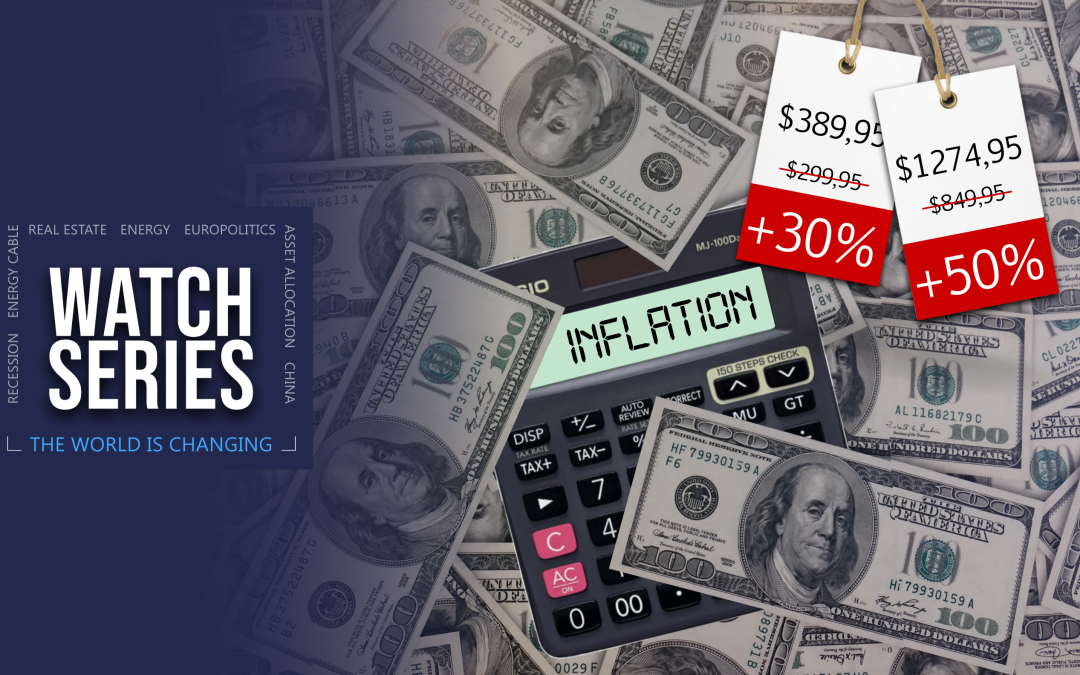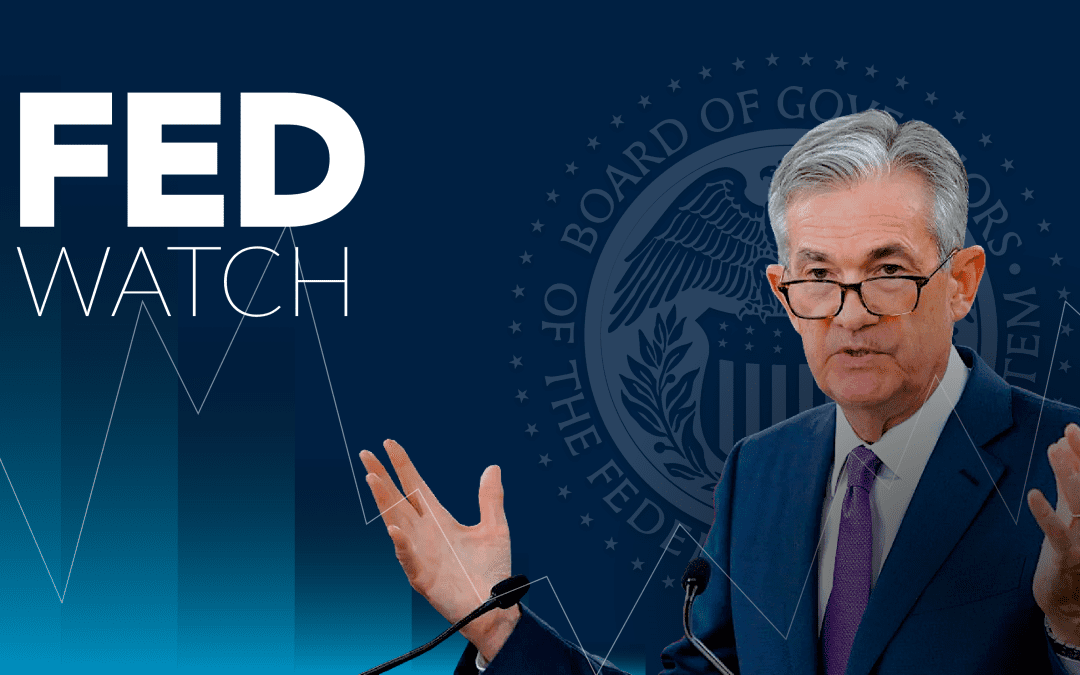There are no recessions in sight in positioning data, and it seems like markets are all in on the booming US story, on top celebrating the net dovish outcome of the CPI report and FOMC presser Wednesday.

The “Watch Series” is a collection of individual series such as Europolitics Watch, Inflation Watch, Real Estate watch and much more. Stay tuned for in-depth coverage of your favourite subjects.


There are no recessions in sight in positioning data, and it seems like markets are all in on the booming US story, on top celebrating the net dovish outcome of the CPI report and FOMC presser Wednesday.

Our models are signaling that it could be time to re-enter the NOKSEK trade again, as weaker inflation data from Sweden could be the catalyst for a bullish run in the pair.

More macro positivity after the month of May with both ups and downs in data print. The tide is turning on a couple of the major inputs in our Macro Regime model.

MXN sold off massively following the Mexican election last week but we still view the MXN as a clear-cut ‘trade balance’ play. As long as the trade ties between China and the US increasingly necessitate a ‘value-add middleman,’ Mexico remains in an advantageous position, regardless of whether the president is Sheinbaum or Obrador.

The US CPI report today was admittedly decently soft, which allows for the Fed to confirm a potential pivot later. However, we’re still fearful of the forward looking indicators and rising freight rates, making us believe that this is not something that markets should get used to.

The market reaction to the European elections does not serve as an indicator to buy into European assets, and we are hence dropping our European FX rebalancing bet.

The positioning is very negative in energy markets, which looks like a decent contrarian signal to us. We continue to like energy (both oil and Nat Gas) versus metals into July.

The NFP postpones the recession chatter (again) and markets will have to swallow that message as the FOMC meeting will be impacted by hawkish data surprises.

Despite the ISM figure for May showing weakness, there are numerous signs from both the market and forward looking indicators that we are in for a substantial boom in manufacturing. What should you buy if that’s the case? Find out here.

The positioning remains crowded in Copper, Gold and Silver (and to a certain extent oil). If economic surprises continue to be soft in the coming week or two, we may get an ugly washout ahead of the July contracts maturing.

Our oil bet admittedly didn’t go as planned, and we take the opportunity to take off some of our broader commodity risk, while keeping idiosyncratic commodity bets.

The OPEC group continues to keep the supply of oil artificially low, but the big question is now the demand side of the equation. This OPEC policy is bullish, if the demand side keeps improving.

We’re modifying the weighing of risk assets and commodities as the reflation story stalls, whilst the liquidity outlook will turn in early June. Read our portfolio thoughts here.

There are reasons to believe that goods inflation is on its way back with ETA during the summer, but while freight rates are on the move globally, the effects on price pressures should be more of a concern to the ECB and BoE compared to the Fed.

The slightly hawkish HICP print from Germany today has sent yields higher despite the CPI metric surprising dovishly. Meanwhile, the recently released Ifo details hint of a potential comeback in the German economy, which is far from consensus.

While macro is constantly moving, the AI wave (primarily NVIDIA) seems to be overshadowing everything else going on, being used as an argument for elevated asset prices. Will equities be wrongfooted by macro? The outlook is still positive, but risks are looming.

We are once again long the mother of all window maker trades, but there are interesting moves to trade in the energy space again, as the supply side of Nat Gas (and Oil) is back in the lime-light.

Liquidity will improve markedly from 16th of June and onwards, while we continue to see rolling melt-ups in real world assets. We see an increasing risk of a new melt up in commodity space.

On how to trade the rolling melt-up in commodity space relatively speaking..

Using a Principal Component Analysis (PCA) model to analyze assets across financial markets provides a powerful framework for investment decisions. By mapping out the macro anatomy of a given asset, PCA identifies key trends and underlying patterns that influence price fluctuations and market dynamics.

Freight rates are on an absolute tear and the question is now to which extent it will impact the inflation basket of Western countries. The shipping malaise opens the door for a bullish TTF Nat Gas setup!

We have for a long time been framing real world demand as the reason why real world assets like commodities and real estate have been lagging behind. With the supply side of the equation getting tight, while demand has stayed strong, prices are starting to move, fast! And positioning follows.

A soft inflation report was apparently exactly what the Commodity space needed to fuel another move higher. Softening (lagged) inflation numbers such as rents, will help solidify the re-inflation loop, which looks increasingly bullish to us.

Chinese trends are through the roof and the recent initiatives to prop up struggling developers seem to be a lot more serious than the “cry wolf” initiatives seen through 2023. Is the Chinese trend just getting started?

Our updated state-of-the-art Central Bank Sentiment indicators are flagging important changes in communication dynamics since the beginning of the year. We recently upgraded our sentiment measurement to a more fine-tuned and nuanced NLP model that effectively captures the meaning of Central Banker rhetoric and here share key findings.

Although increasing signs of survey-based economic improvements being a head-fake, it’s still possible to capitalize on the upcoming increase in ISM manufacturing. Here’s the cheapest asset to buy relative to the business cycle in each asset class!

The dovish report today implies a relief in USD-rates, which we try to capitalize on through FX.

The US CPI report came in a tad on the soft side, which is good news for the rate cut crowd, and risk assets will likely be allowed to rally further from here with lower USD-rates feeding into FCIs during May. Meanwhile, real-time gauges of activity already hint of a comeback relative to the soft April patch.

By taking the rolling beta of various assets to the performance of Global Macro Hedge Funds, we are able to generate an approximation of how macro traders are positioned in this environment. A clue: They are leaning towards a CNY devaluation too, while they are short USD fixed income and long the USD (broadly).

Here are the main take-aways from the most important survey in the US economy.